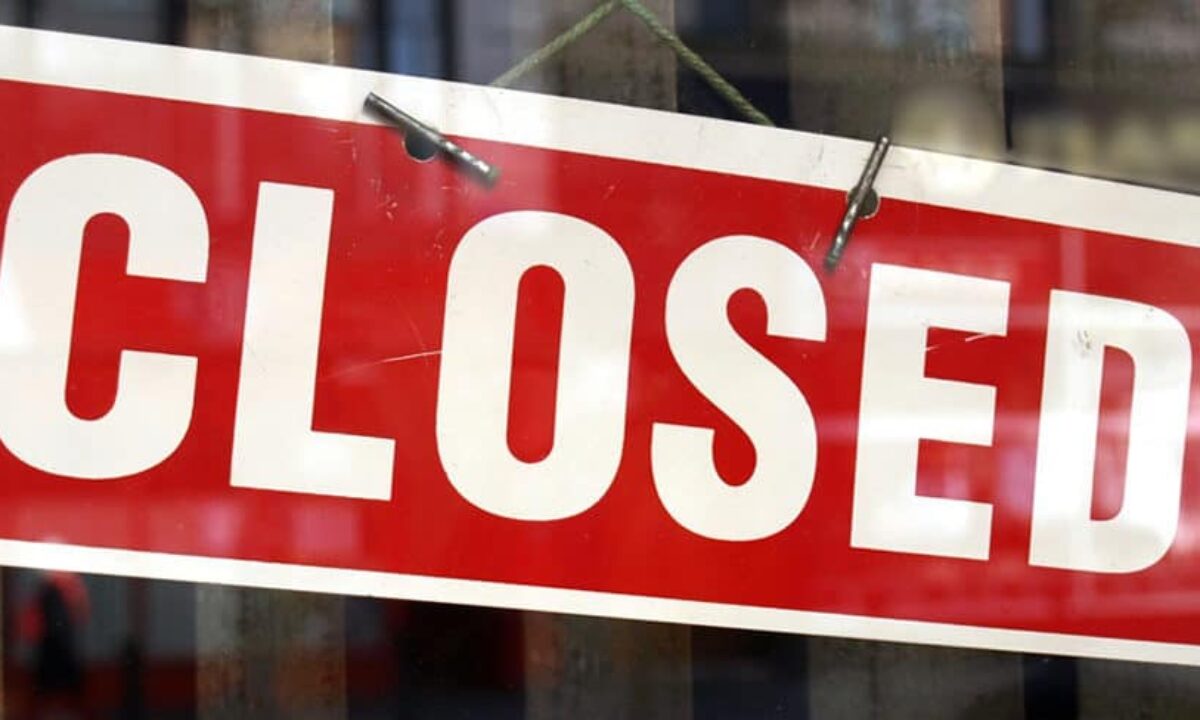Company Liquidation Things To Know Before You Buy
Company Liquidation Things To Know Before You Buy
Blog Article
The smart Trick of Company Liquidation That Nobody is Talking About
Table of ContentsCompany Liquidation Things To Know Before You BuyA Biased View of Company LiquidationThe smart Trick of Company Liquidation That Nobody is Talking AboutThings about Company LiquidationAll about Company Liquidation
A liquidator is specifically designated to supervise the winding up of a company's affairs in order for it to be shut down normally when the firm is going insolvent. The liquidator is an objective 3rd party who looks after the sale of firm properties in order to settle any type of exceptional debts.Their role includes, yet is not restricted to: Objective Overseer: A liquidator is tasked with acting as an objective 3rd celebration to supervise the entire firm liquidation process. Produce Statement of Matters: Liquidators need to create a comprehensive statement of events document. This document is dispersed to lenders, detailing the current monetary status of the organization at the time of its liquidation.
After the liquidation of a business, its existence is eliminated from Business Home and it ceases to be a lawful entity. If directors browsed the process without concern, there would be no penalties or individual liability for strong financial obligations anticipated. Now, with a fresh start, directors can check out brand-new company opportunities, though professional assessment is advisable.
Examine This Report about Company Liquidation
If even more than 90% of all business investors concur, liquidation can take area on brief notification within 7 days, the minimum statutory notice for lenders. Normally, the larger the liquidation and the more assets and capital the company has, the longer the process will take. 'Do I have to pay to liquidate my company?', the response will depend upon whether or not your company has any type of assets leftover when liquidating.

We recognize that no 2 firms are the very same, which is why we will take the time to learn more about your organization so we can advise the most effective program of activity for you. We just operate in your benefits, so you can be totally certain in the solution we provide.
The 3-Minute Rule for Company Liquidation
In the UK, there is a set procedure to shutting down or reorganizing a minimal business, whether it is solvent or insolvent. This procedure is understood as liquidation and can just be dealt with by a licensed insolvency professional (IP) in accordance with the Bankruptcy Act 1986. There are four primary kinds of company liquidation procedure: Lenders' Volunteer Liquidation (CVL); Mandatory liquidation; Management; and Members' Volunteer Liquidation (MVL).

In these scenarios, it is essential that the firm stops trading; if business remains to trade, the directors can he has a good point be held personally liable and it can result in the insolvency expert reporting wrongful trading, understood as misfeasance, which may bring about lawsuit. The directors assign a bankruptcy professional and once this has actually been concurred and verified, there is a meeting with the shareholders.
Of training course, if there are no shareholders, this step of the process is not required (Company Liquidation). The IP takes control of the business and begins the firm liquidation procedure. The supervisors are no longer associated with what occurs, consisting of the sale this post of the firm's assets. If the directors want any of the assets, they can notify the IP.
Rumored Buzz on Company Liquidation
The primary difference is that the firm's lenders applied to the court for an ending up order which forces the insolvent firm right into a liquidation process. Most of the times, creditors take this activity as a last hope because they have not received settlement with other kinds of settlement. The court selects a bankruptcy professional, also called an official receiver, to perform the mandatory business liquidation process.
This kind of business liquidation is not volunteer and directors' conduct is reported to the UK's Secretary of State once the liquidation process has been finished. Consequently, any type of supervisor that fails to comply with the IP or has been associated with director transgression, or a deceptive act, might result in major consequences (Company Liquidation).
It is made use of as a way to safeguard the business from any kind of lawsuit by its financial institutions. The directors of the company agree to make routine payments to resolve their financial debts over a period of time. The designated administrator manages the volunteer administration procedure, and obtains the payments which they then distribute to lenders according to the agreed amounts.
Some Known Details About Company Liquidation
This supplies the business with time to develop a plan moving forward to save the company Source and avoid liquidation. At this point, directors hand control of the firm over to the selected administrator. If a company is solvent but the supervisors and shareholders desire to shut the company, a Members Voluntary Liquidation is the right choice.
The company liquidation procedure is handled by a liquidator appointed by the supervisors and shareholders of the firm and they need to sign an affirmation that there are no lenders remaining. The liquidation procedure for an MVL resembles that of a CVL because possessions are know but the profits are distributed to the supervisors and the shareholders of the firm after the liquidator's fees have actually been paid.
Report this page